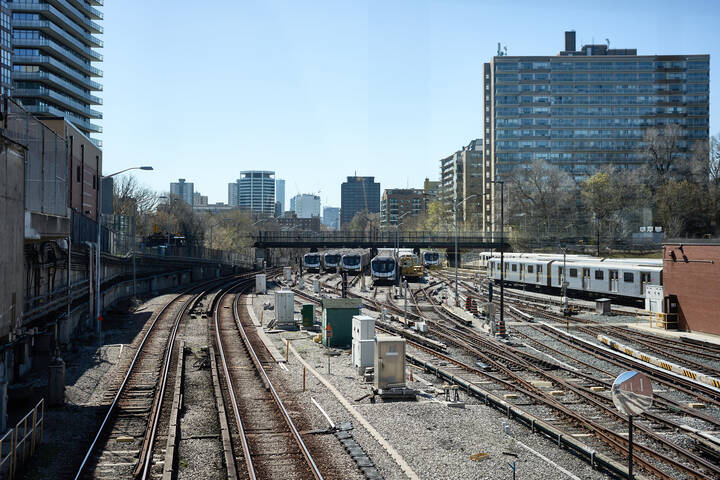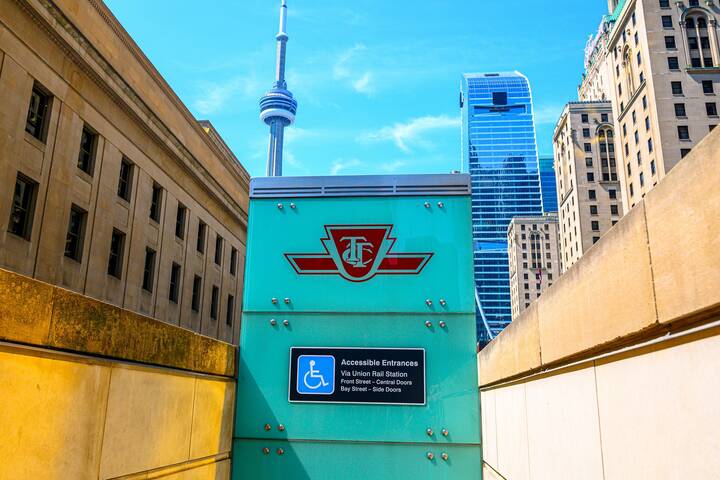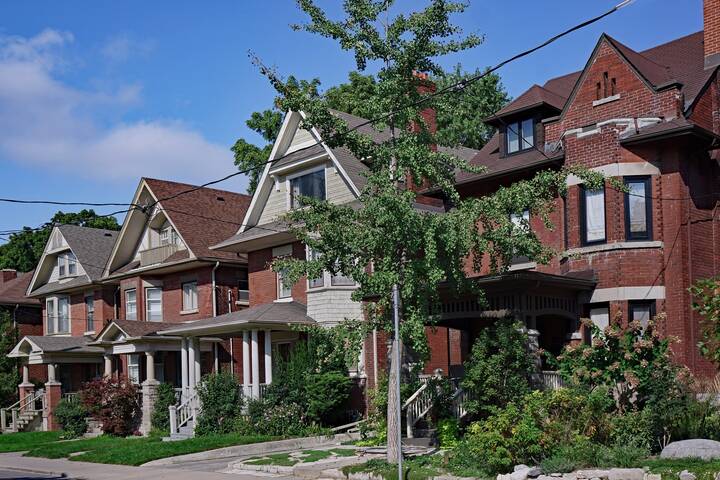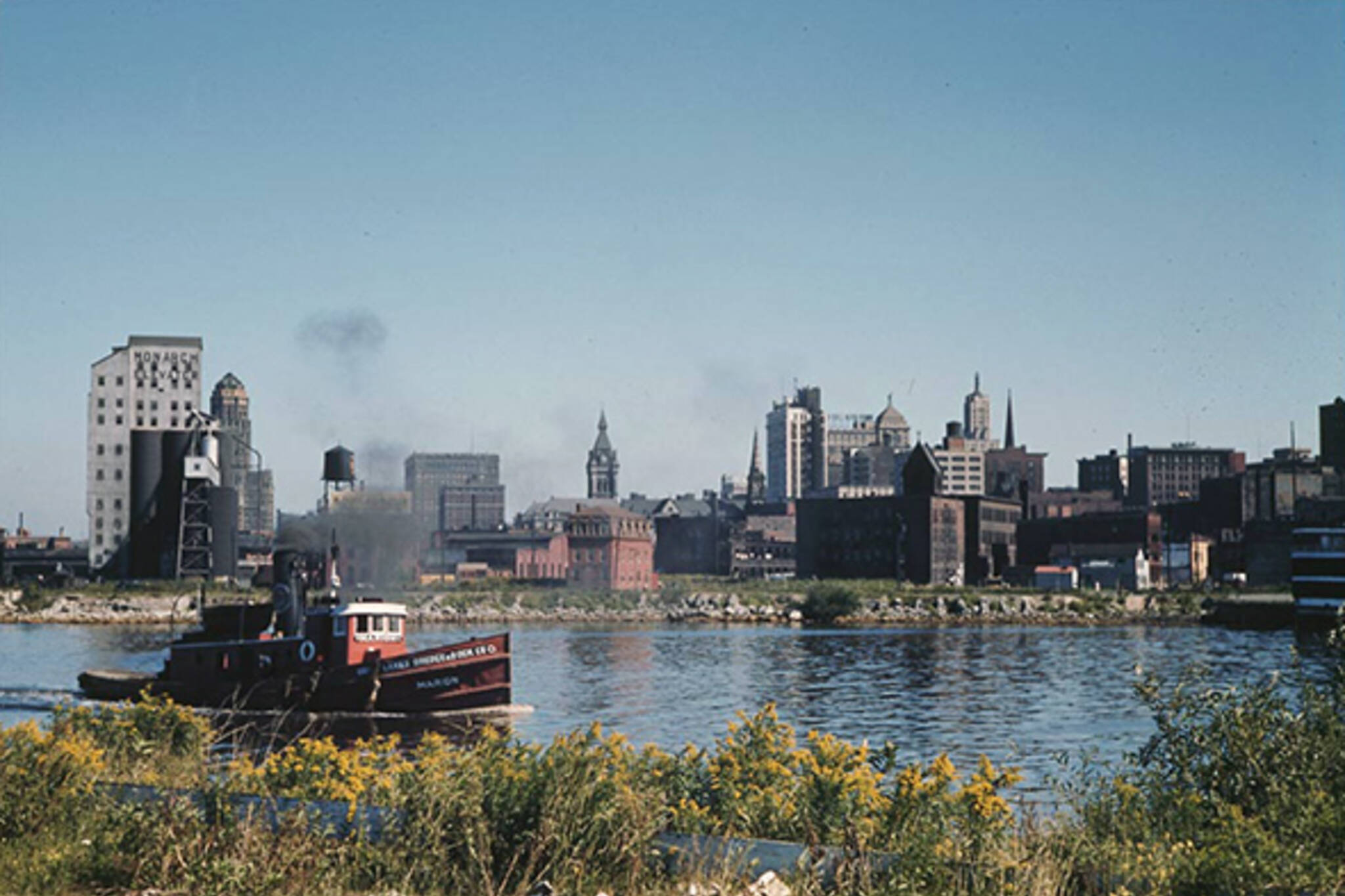
That time when Buffalo was as big a deal as Toronto
Buffalo could have been a contender. Before the Rust Belt took its collective beating starting in the 1950s, our closest major American city boasted a population of roughly 580,000. That's only about a hundred grand less than Toronto's at the time (which didn't include surrounding municipalities like Scarborough and Etobicoke).
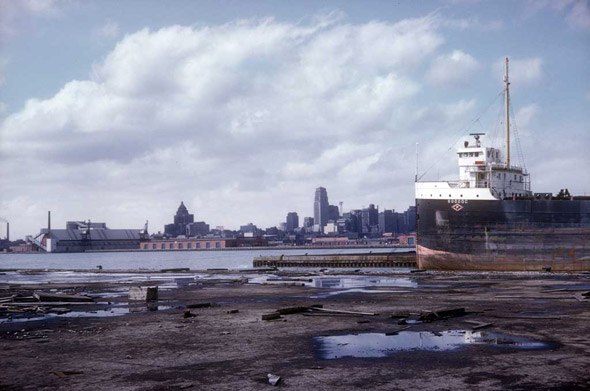
Even without looking at the demographics, you can tell that the two cities were far more closely stacked in the mid century merely by looking at their skylines, which were remarkably similar until the black steel of the TD Centre rose above Toronto in 1967, a sign of the city's prosperity at a time when Buffalo was starting to encounter great difficulty.
In as much as major change can ever be attributed to a single factor, the key date in the changing fates of these two cites is the opening of the St. Lawrence Seaway in 1959. The argument goes that this development made the Erie Canal largely irrelevant, thus tearing the heart out of industry in Buffalo and Upstate New York.
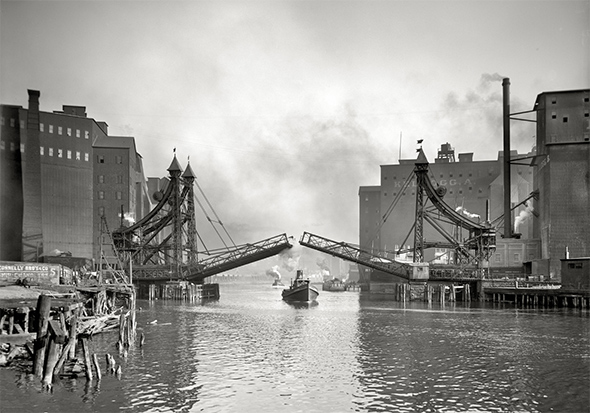
The story is actually more complicated than that given that the popularity of the rail system had already diminished the importance of the canal, but you might think of the Seaway as the final nail in the coffin of an economic model that had already begun to endanger the well being of cities like Buffalo.
In fact, Buffalo's population had already started to decline in the early '50s after reaching its peak at the beginning of the decade. Much of this trend can be attributed to the rise of the suburbs, a time when outlying areas like Amherst and Cheektowaga drew more and more automobile-owning families away from Buffalo proper.
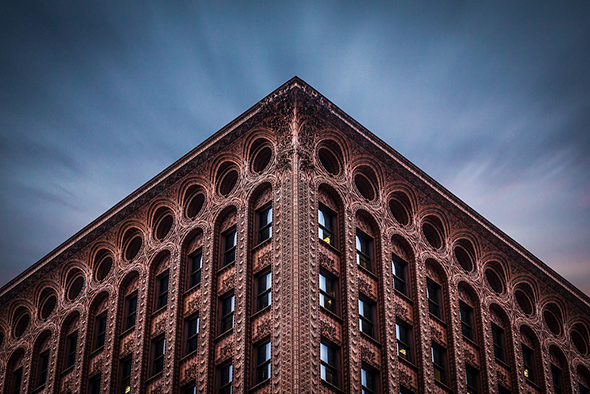
This is a familiar story, but you get the sense that there's been a sort of collective amnesia when it comes to what a vibrant city Buffalo was for the first half of the 20th century.
This is a city that boasts some of the most impressive architecture on the continent, from the Guaranty Building (1896) to Frank Lloyd Wright's dazzling Martin House (1905) to the masterpiece that is Buffalo City Hall (1931).
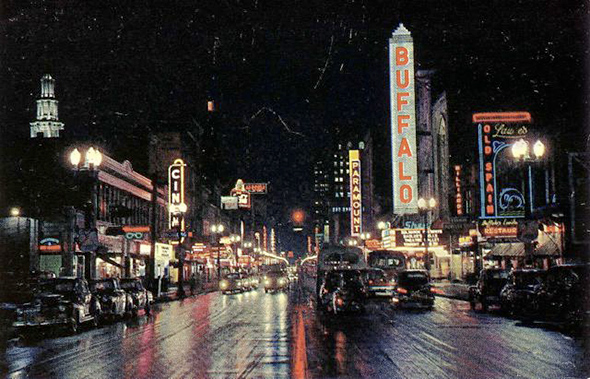
There are beautiful early 20th century buildings spread all over this city, but they only tell part of the story. When industry was booming, so too was the cultural scene.
When Buffalo was one of the largest cities in the U.S., people from Toronto would make the trip to soak up the City of Light, which boasted a major theatre district, grand hotels, and major cultural institutions like the Albright-Knox.
Many of these cultural icons remain. From Frederick L. Olmstead's park system to Shea's Buffalo and the restored Hotel Lafayette. The problem with Buffalo today is that there's far fewer people to enjoy these places. Tour the city today and you'll notice the beauty that remains, but also the startling absence of pedestrians on the street. The place has been thinned out.
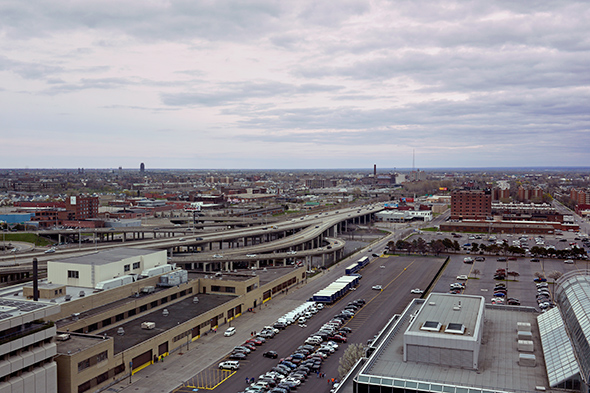
From its peak in 1950, Buffalo's population has declined by more than 50 per cent. Over this same period, Toronto's urban population has remained remarkably resilient. Despite an exodus to the suburbs in the 1970s (the decade when Buffalo also experienced its worst population losses), the old City of Toronto regained its footing in the 1990s and has never looked back.
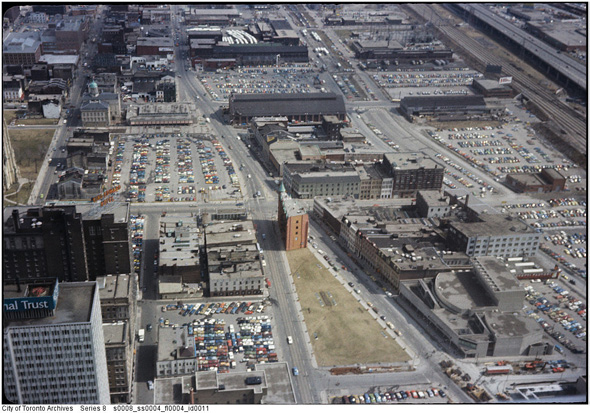
Toronto's economy wasn't as tied to industry as Buffalo's, which allowed it to weather various threats to its urban core far better than its southern counterpart. Yet, looking at photos of downtown areas in the 1970s and '80s, the city looks surprisingly similar to Buffalo today: a mix of parking lots and beautiful old buildings.
Can Buffalo recover in a way that Toronto never really had to?
The signs are there. While New York State is investing enormous amounts into the city, the hints of change are closer to ground level, where entrepreneurs are taking chances on small businesses like breweries, restaurants, and loft housing developments.
Old buildings are being restored and adapted. Once neglected neighbourhoods are attracting risk takers who are committed to the city's resurgence.
Buffalo is a city with great bones. While it may not rival Toronto like it once did, it might slowly claw its way back onto our radar.
Photos via Vintage Buffalo, the Toronto Archives, Michael B. Stuart, and Derek Flack.
Latest Videos
Latest Videos
Join the conversation Load comments

